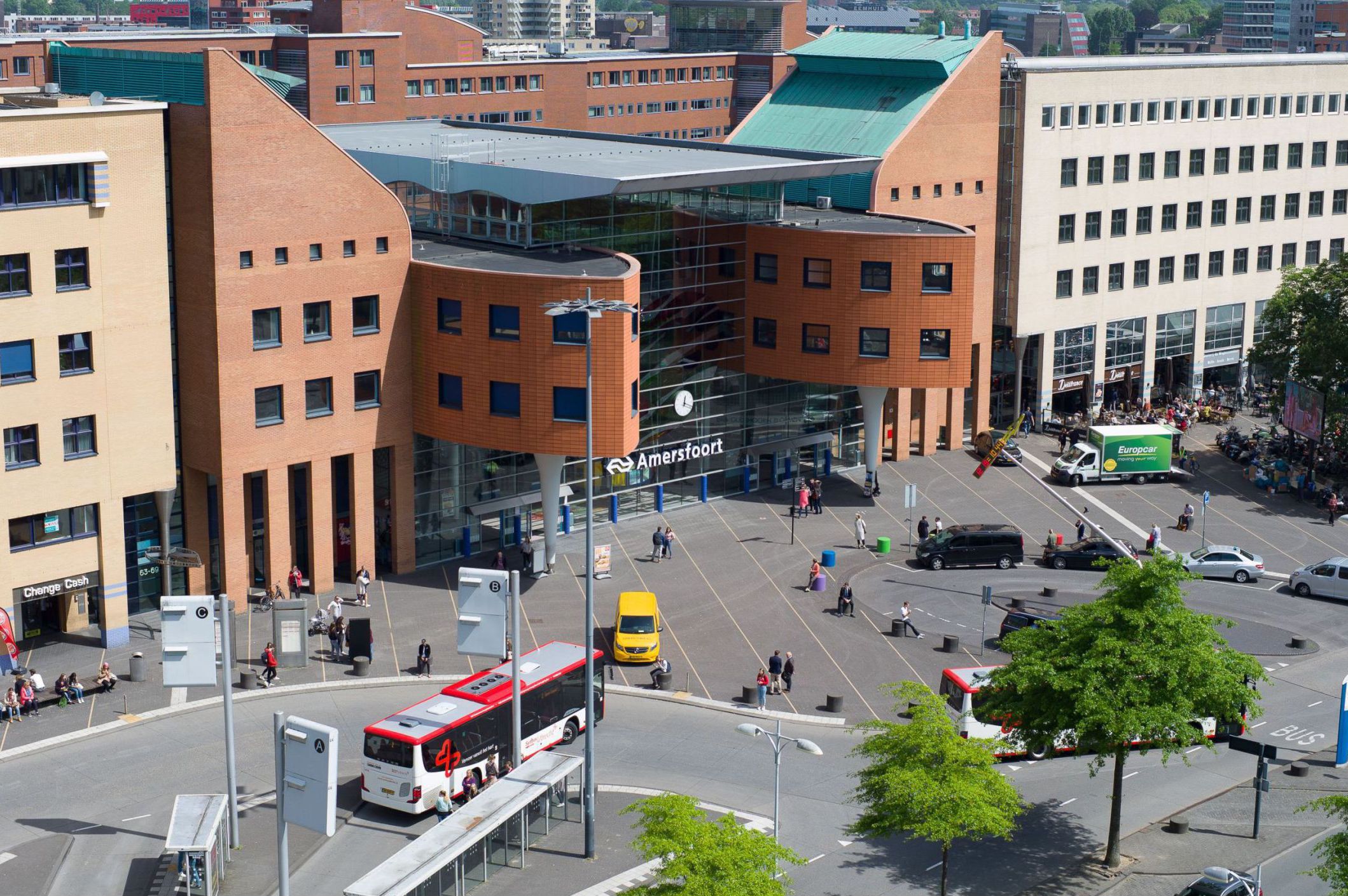The Green Revolution of Meeting Venues
A Transit-Centric Approach
In an era where environmental sustainability takes center stage, the way we conduct business and convene for meetings is undergoing a transformation. The rise of venues located near public transportation hubs is emblematic of a broader shift towards greener, more efficient, and socially responsible practices. As participants increasingly embrace hassle-free public transport to attend meetings, these transit-centric venues are not just a trend but a powerful testament to the changing landscape of modern business.
The success of venues situated near stations, subways, and other public connections can be attributed to a multitude of factors, all of which contribute to a more sustainable and accessible future for corporate gatherings. Let’s explore why this shift is not only commendable but essential.
Embracing the Green Agenda
One of the most compelling reasons for the surge in popularity of transit-centric venues is their undeniable contribution to reducing our carbon footprint. In an age where environmental concerns loom large, reducing the reliance on cars for commuting to meetings is a significant step towards sustainability. Fewer vehicles on the road mean less pollution, reduced traffic congestion, and a marked decrease in greenhouse gas emissions.
By choosing public transportation over personal cars, meeting participants are actively participating in the fight against climate change. It’s a conscientious choice that not only reflects well on businesses but also aligns with global sustainability goals.
Enhanced Accessibility and Convenience
Venues near public transportation hubs offer unparalleled accessibility and convenience. They eliminate the often stressful and time-consuming aspects of navigating traffic and searching for parking spaces. Instead, attendees can seamlessly arrive at their destination, fostering a sense of punctuality and professionalism.
Moreover, transit-centric venues promote inclusivity by ensuring that attendees of all backgrounds and abilities can easily reach the meeting location. This accessibility factor goes a long way in making meetings more diverse, fostering collaboration, and promoting equal participation.
Cost-Effective Solutions
Choosing public transportation can also translate into cost savings for both businesses and attendees. Fuel expenses, parking fees, and the wear and tear on personal vehicles all add up. By opting for transit, participants can reduce their individual expenses, while businesses can potentially save on offering parking facilities.
Networking Opportunities
Another often overlooked benefit of venues near public transportation hubs is the unique networking opportunities they provide. Attendees who arrive via public transit are more likely to interact with each other during the journey, fostering organic connections and discussions before the meeting even begins. This informal networking can be invaluable in a business context, leading to unexpected collaborations and partnerships.
Conclusion: A Sustainable Future of Meetings
In conclusion, the shift towards venues located near public transportation hubs is not just a passing fad; it’s a reflection of our evolving values and priorities. As we embrace the green agenda, prioritize accessibility and convenience, and seek cost-effective solutions, transit-centric venues emerge as a beacon of hope for a more sustainable and inclusive future of business meetings.
By choosing these venues, we not only reduce our carbon footprint but also set a precedent for more responsible and efficient corporate gatherings. It’s a change that benefits businesses, attendees, and, most importantly, our planet. So, the next time you plan a meeting, consider the venue’s proximity to public transportation—it’s a step towards a brighter, greener, and more connected future.







































































































































































































































